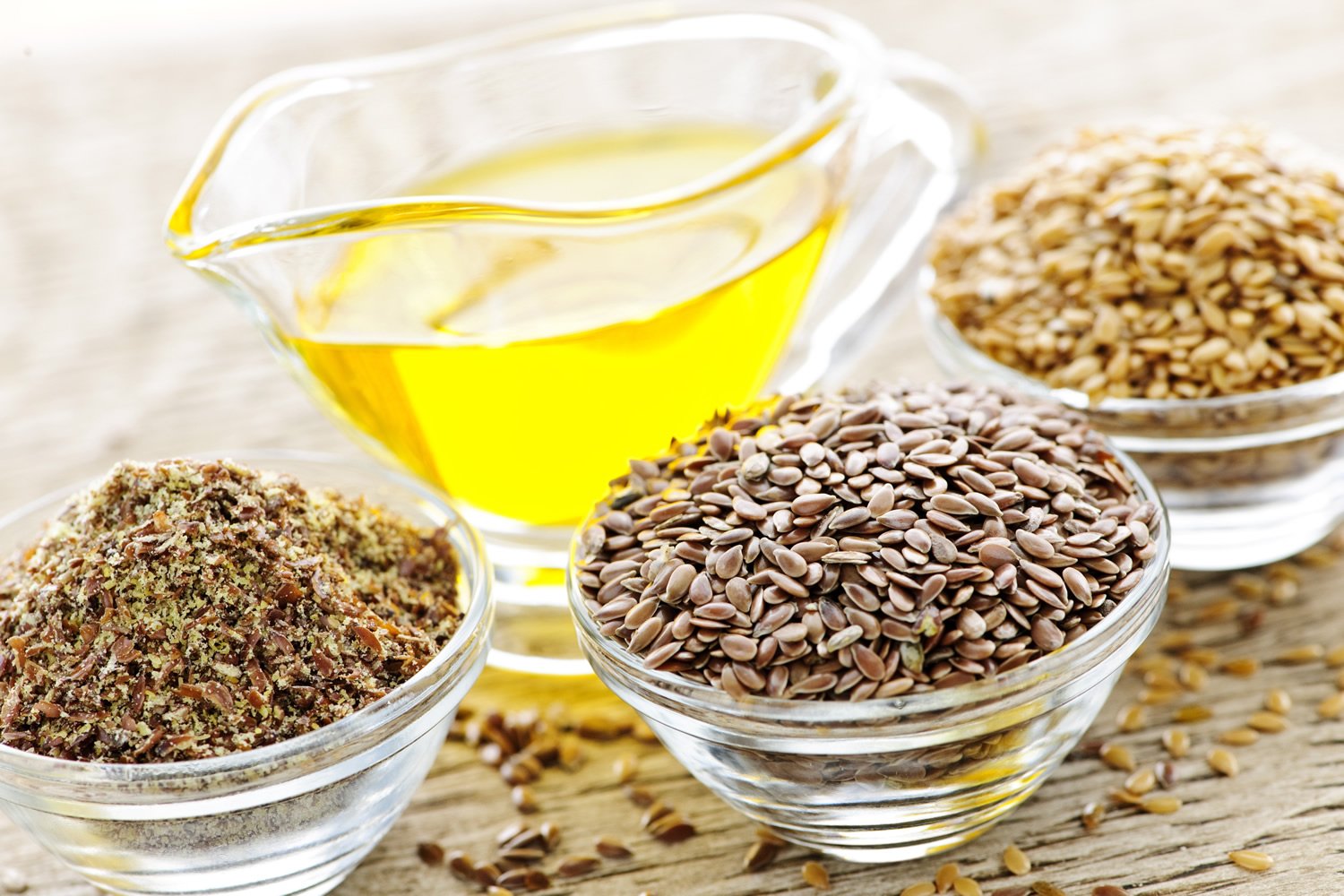Linseed is a double reason crop. It is utilized as a food and fiber crop. As a food, it is a rich wellspring of protein, dietary strands, and phytoestrogens.

Linseed is a double reason crop. Linseed is utilized as a food and fiber crop. As a food, it is a rich wellspring of protein, dietary strands, and phytoestrogens. Developed linseed assortments contain 45% oil content. It contains omega-3 unsaturated fat called alpha linolenic corrosive. It contains 36% protein, of which 80% is absorbable.
Linseed (Linum usitatissimum) is an individual from the class Linum in the family Linaceae. It is an annual and self-pollinated crop with a characteristic slender, strong stem and round capsule that is native to the region extending from the eastern Mediterranean to India. Linseed was broadly developed in old Ethiopia and ancient Egypt.
Individuals developed flax as a harvest in Old Egypt and China. In Asia, it has played a part in Ayurvedic medication for millennia.
Today, flaxseed is accessible as seeds, oils, powder, tablets, containers, and flour. Individuals use it as a dietary enhancement to forestall various illnesses, e.g., cardiovascular, stoppage, cholesterol, and so forth.
Like other plant-based food sources, flaxseed is wealthy in cancer prevention agents. These can help in controlling the illness by eliminating particles called free extremists from the body.
Free extremists happen because of regular cycles and natural tensions. Assuming there are excesses of free extremists in the body, oxidative pressure can create, prompting cell harm and sickness. Cell reinforcements assist in eliminating free revolutionaries from the body.
Flaxseed is a decent wellspring of lignans, which seem to have cell reinforcement properties.
Medicinal significance:
Seed and extricated oil from seed both are helpful for further developing wellbeing as well as insurance against illnesses.
One serving of flaxseed gives a lot of protein, fiber, and omega-3 unsaturated fats.
Some medical advantages are portrayed underneath:
Hostile to Disease Properties:
It contains some lignans, which help in the decline of disease cell development.
Source of fiber:
Linseed might assist in customary solid discharge by working on stomach related framework.
Cardiovascular properties:
The presence of omega-3 unsaturated fat in linseed oil is a premium for heart wellbeing.
Control cholesterol levels:
Fiber content assists in decreasing cholesterol out of the body and further developing heart wellbeing.
Maintain sugar level:
Solvent fiber may accommodating for patient of diabetes – 2 . Solvent fiber content keeps up with sugar levels.
Control hypertension:
Linseed assists in lessening blood pressure.
A great source of protein:
Linseed contains around 32-44% protein. It is a decent substitute for egg.
Regulate the work of the stomach:
The high fiber contents in linseed can assist with advancing sound and regulate the working of the stomach. It might likewise assist with mitigating the side effects of fiery gut sickness.
Make improvements in skin health:
The Omega-3 unsaturated fats in linseed can assist with decreasing irritation in the skin, prompting better, more clear skin.
Good for the brain:
The omega-3 unsaturated fats in linseed might assist with working on mental capability and diminish the risk of mental decline.
Lessening the effect of radiation:
Lignans from flaxseed could assist in treating lung issues following openness to radiation or radiation treatment.
Conclusion:
Linseed has nourishing and restorative properties. It can develop with less contribution to tropical regions. Generally speaking, linseed has various medical advantages and can be effectively integrated into the eating routine in different ways, for example, adding it to smoothies, cereal, or yogurt.